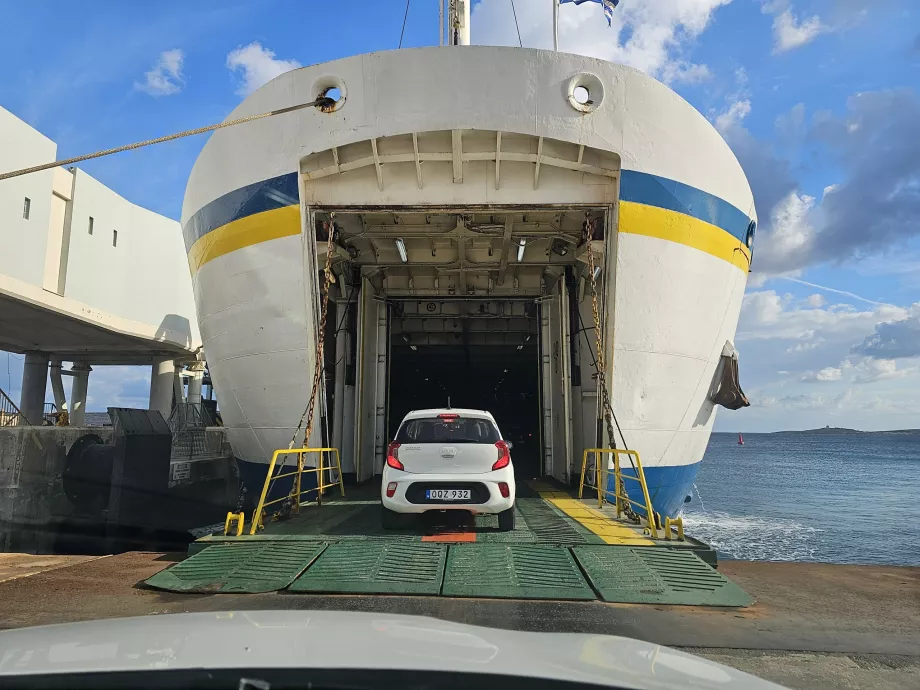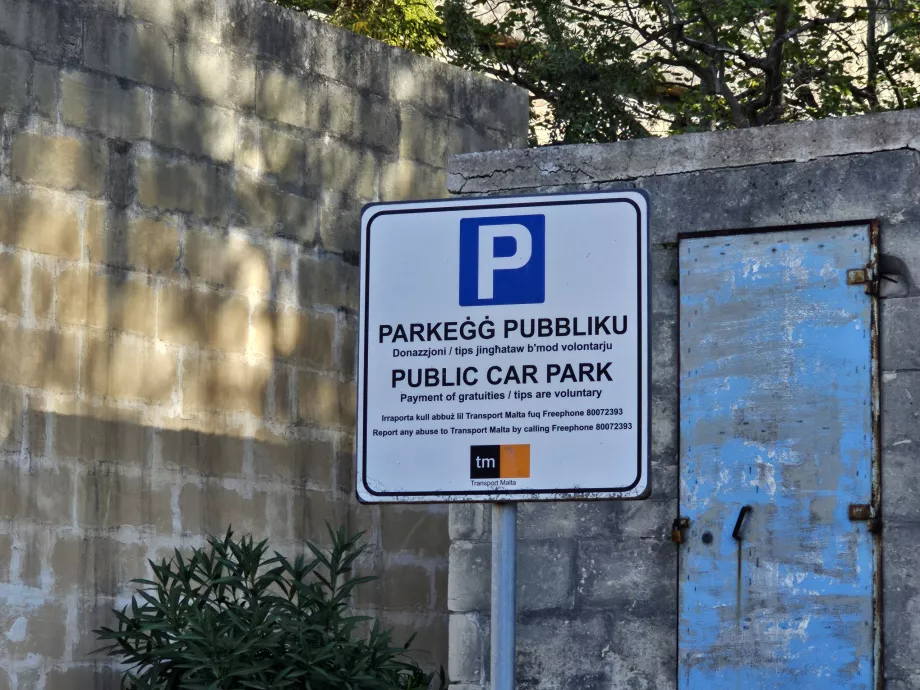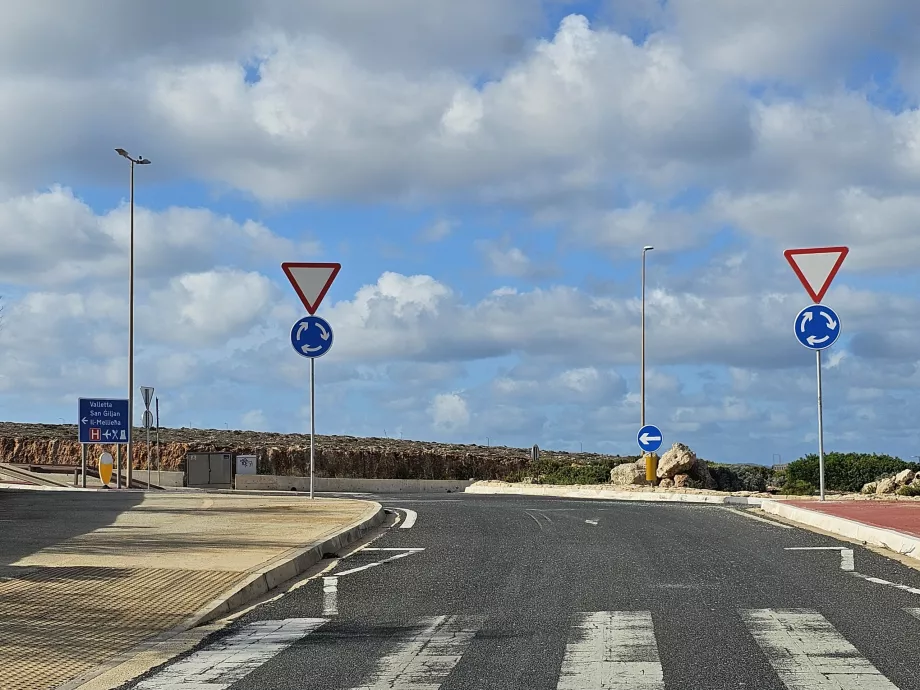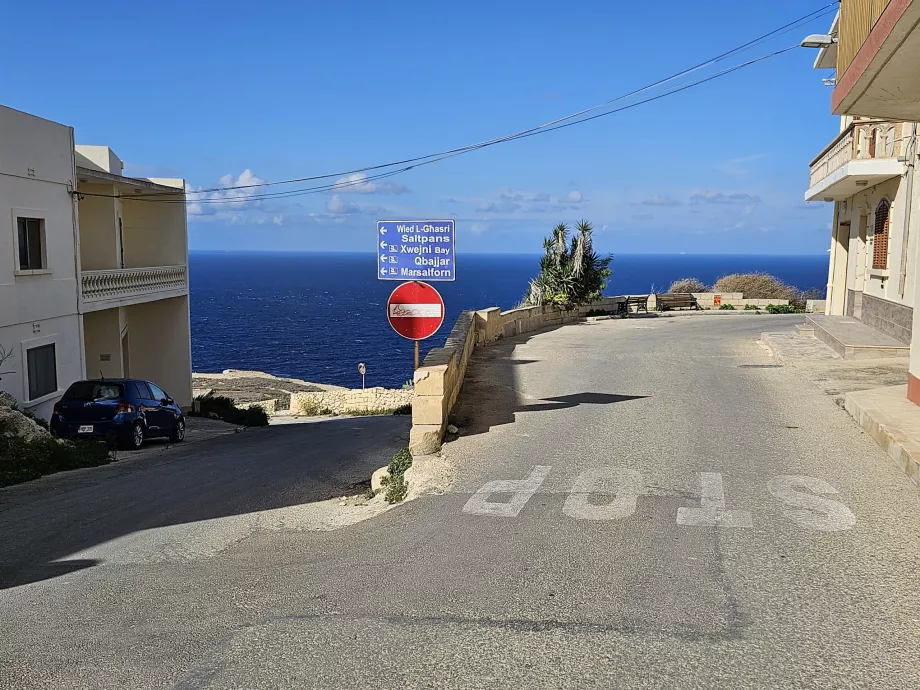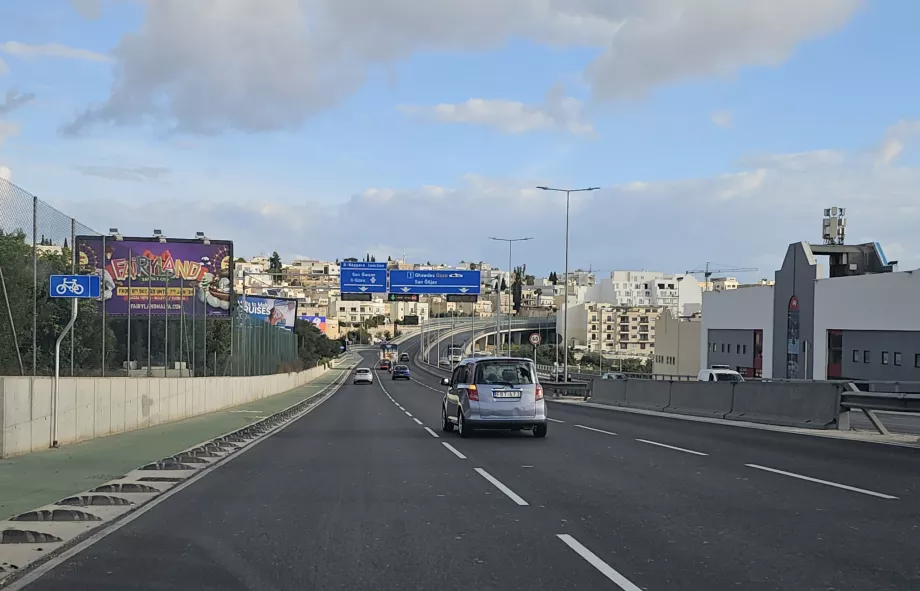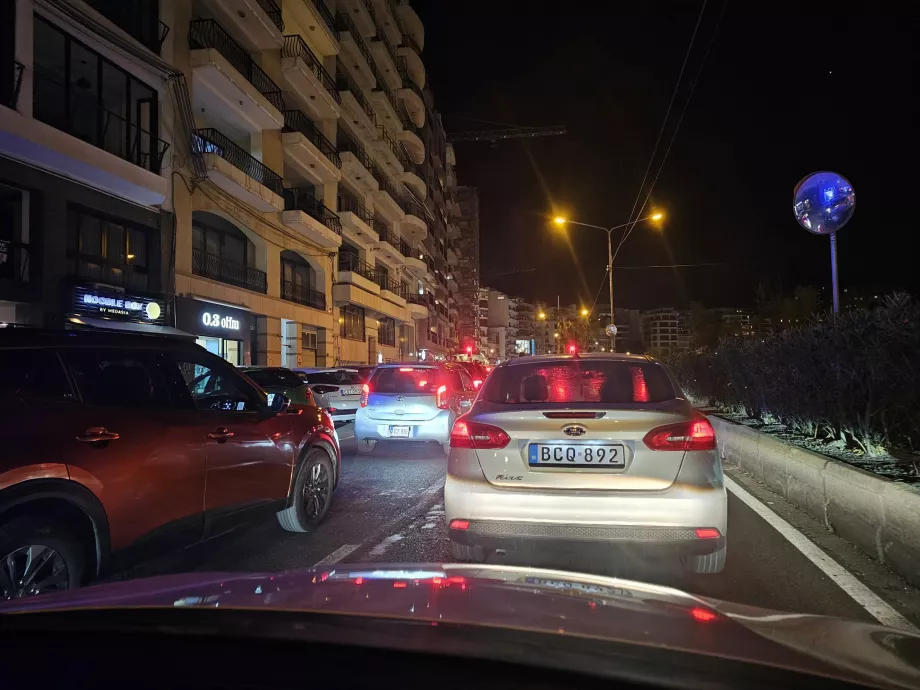Car rental in Malta
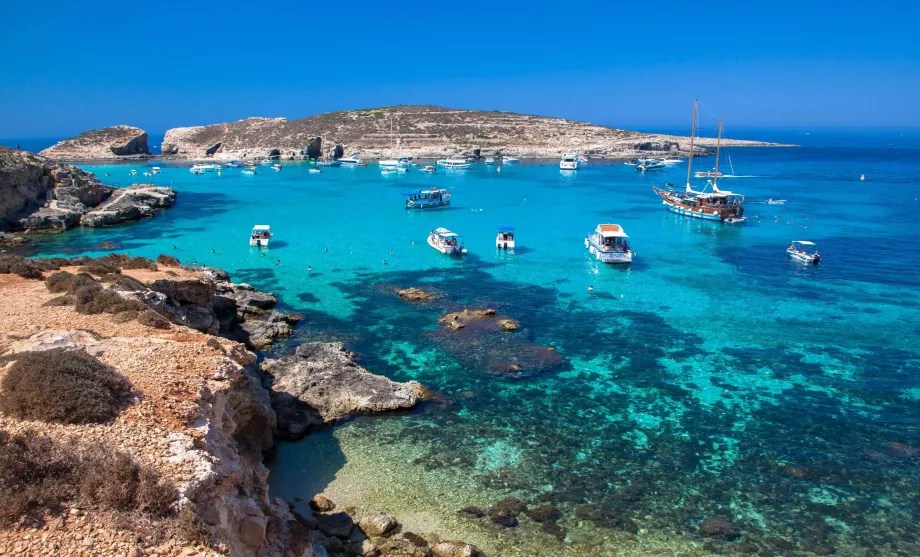
Although Malta with its two islands is a tiny country as big as a European city and has good bus services, if you want to explore the lesser-known beaches, renting a car is the best option.
On Gozo in particular, a car will come in very handy, as there are no buses to some of the more touristy spots on the north coast.
In Malta, it's left-hand drive.
How and where to book a car in Malta
Most multinational car rental companies operate in the country, but the best place to rent a car is directly at the only international airport
To book, we recommend using the comparison engine of most car rental companies, which will sort the results according to your chosen criteria:
Compare prices and book a car - booking.com
When booking a car in Malta, the price depends mainly on the season. It doesn't make too much difference whether you book 14 days or 5 months before your trip (although booking earlier definitely gives you a chance to get a slightly lower price). Prices in winter (November to March) are also more than half the price in summer.
Travellers have had good experiences with Europcar or ACE Rent a Car, for example. On the other hand, we strongly recommend avoiding Goldcar or Add Car.
All car rental companies can also be filtered on the aforementioned booking.com.
Car rental prices in Malta
Car rental in Malta is one of the cheapest in Europe.
The price depends on the length of the rental (the longer the rental, the cheaper the daily price) and the season. Examples of prices are given below.
- Weekly rental summer - from 150 eur
- 3-day summer rental - from 75 eur
- Weekly rental winter - from 60 eur
- 3-day winter rental - from 25 eur
- Book a car in Malta
Taking a rental car to the ferry?
All car rental companies are based at Malta MLA International Airport. There are no large car rental companies on Gozo, but regular car ferries run between the main island and Gozo.
Can I take a ferry with my rental car?
Although most car rental companies do not generally allow cars on boats, the Maltese branches of all car rental companies have an exception and the ferry to Gozo is no problem.
The cost for a car and driver is 15,70 eur, each additional passenger costs 4,65 eur.
Timetables and current ticket prices can be found on the website: www.gozochannel.com
International driving licence and other documents
Malta is part of the European Union, so there is no need for an international driving licence. The car rental company will also accept a national driving licence from any EU country.
Car rental companies usually require a credit card to rent a car, but will often lend on a debit card, but either on less favourable terms or with a very high deposit, often in excess of 1 000 eur.
Petrol prices
Petrol and diesel prices in Malta are slightly below the European average.
On average, you will pay about 1,35 eur, but prices change frequently. For example, you can see a graph of price trends on the website: fuel-prices.eu/Malta.
How do petrol stations work in Malta?
The density of petrol stations is more than sufficient on both small islands.
Service stations in Malta are self-service and operate in the same way as in mainland Europe. First you fill up yourself and then pay inside the shop or at the attendant who has his office right next to the petrol stands.
Some petrol stations are completely unmanned and the process is reversed.
First, you pay the amount you want to fill up for at the pump (by card or cash). Only then will the petrol supply be released. It stops when you reach the amount you have selected. If the tank is filled earlier at a lower price, the rest of the money will be refunded.
Parking
With the exception of Valletta, Floriana, Hamrun and L-Imsida, parking is free in most places. However, even in Valletta there are large free car parks.
As a general rule, if a parking space is marked with a white horizontal line, you can park for free. Only residents are allowed to park on blue or green lines, and yellow lines are strictly no parking for anyone.
Parking at Maltese beaches is in most cases free. Larger car parks are often manned by attendants wearing a cap and a sign with official credentials to direct traffic. Parking is voluntary and tipping of 1 eur to 2 eur is expected.
Compare prices and book a car - booking.com
Shortage of parking spaces
Driving around Malta by car has one major disadvantage compared to buses. There is an extreme shortage of parking spaces at almost all tourist attractions.
Often, you will spend more than 30 minutes looking for a suitable parking space.
Traffic regulations
Malta has left-hand traffic, i.e. the same as in the UK, for example.
The rules here are very similar to those in other European countries, with the exception of driving on the left, there are no tricky things to prepare for.
Malta uses the metric system, so all speeds are given in kilometres per hour (km/h) and distances in kilometres.
What are the speed limits?
The following speed limits apply in Malta:
- Built-up areas - 50 km/h
- Outside the village single carriageway - 60 km/h
- Motorways and multi-lane roads - 80 km/h (however, the speed is often reduced by a sign)
Roundabouts
Malta is a country with a very high concentration of roundabouts, both in urban and rural areas.
If a roundabout has two lanes (which is very common), the vehicle in the inner lane always has the right of way over the vehicle in the outer lane.
At a roundabout you are obliged to use your indicators as follows:
- If you leave the roundabout by the first exit, you must flash your left signal before entering the roundabout.
- If you are leaving by the second exit (i.e. de facto going straight on at the junction), you only flash left from about the level of the first exit.
- If you take the third (last exit), you will flash right before entering the roundabout. Only at the level of the penultimate exit do you start flashing left.
Driving priority
Vehicles travelling from the right have right of way at unmarked junctions. However, at T-junctions, vehicles travelling on the carriageway always have the right of way.
Public transport buses always have the right of way when leaving a bus stop.
Pedestrians always have the right of way over motor vehicles at crosswalks.
Other rules
- Phones, tablets and other devices are strictly forbidden to be used while driving and while stopped at traffic lights or in traffic. Hands-free use is permitted.
- Alcohol is only tolerated up to 0.8‰.
- Seat belts are compulsory for all.
- Left turns on red are not allowed in Malta unless the supplementary green arrow is lit.
Traffic and road quality
Malta's roads are in good condition, including secondary roads. Due to the high population density, you must be patient.
The strip of towns along Malta's northern coast in particular is very busy and you will often find yourself driving in slow-moving queues.
Side roads, especially on Gozo, are full of potholes and some beaches are not even tarmac.
Maltese drivers drive considerately and are used to tourists, so you don't have to stress about slowing down.
Any questions left?
If you have any questions or comments about the article...

